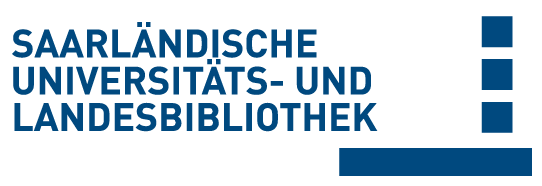Please use this identifier to cite or link to this item:
Volltext verfügbar? / Dokumentlieferung
doi:10.22028/D291-44214 | Title: | Enoxaparin does not affect network formation of adipose tissue-derived microvascular fragments |
| Author(s): | Später, Thomas Frueh, Florian S. Karschnia, Philipp Menger, Michael D. Laschke, Matthias W. |
| Language: | English |
| Title: | Wound Repair and Regeneration |
| Volume: | 26 |
| Issue: | 1 |
| Pages: | 36-45 |
| Publisher/Platform: | Wiley |
| Year of Publication: | 2018 |
| DDC notations: | 610 Medicine and health |
| Publikation type: | Journal Article |
| Abstract: | Dermal substitutes are frequently used for the initial coverage of extensive skin defects. The seeding of these implants with adipose tissue–derived microvascular fragments (ad-MVF) has recently been shown to accelerate their vascularization and incorporation. In the present study we analyzed whether these processes are affected by a thromboprophylactic therapy with the low molecular weight heparin (LMWH) enoxaparin (enox). Green fluorescent protein (GFP)1 ad-MVF were isolated from enox- (8 mg/kg s.c.) and vehicle-treated (0.9% NaCl s.c.) (C57BL/6-Tg(CAG-EGFP)1Osb/J mice and seeded onto Integra matrices. Subsequently, these were implanted into full-thickness skin defects within dorsal skinfold chambers of enox- and vehicle-treated C57BL/6 wild-type mice. Repetitive stereomicroscopy and intravital fluorescence microscopy over 2 weeks as well as histological and immunohistochemical analyses on day 14 revealed that enox does not inhibit the reassembly of ad-MVF into new microvascular networks. In addition, treatment with the anticoagulative compound did not promote implant-induced hemorrhage formation. Accordingly, Integra matrices in enox- and vehicle-treated animals exhibited a comparable final microvessel density, fraction of GFP1 blood vessels originating from seeded ad-MVF, collagen fiber content, and epithelialization. These novel findings demonstrate that the seeding of dermal substitutes with ad-MVF may be applied also during thromboprophylactic therapy without affecting implant vascularization and bleeding risk. |
| DOI of the first publication: | 10.1111/wrr.12621 |
| URL of the first publication: | https://doi.org/10.1111/wrr.12621 |
| Link to this record: | urn:nbn:de:bsz:291--ds-442140 hdl:20.500.11880/39522 http://dx.doi.org/10.22028/D291-44214 |
| ISSN: | 1524-475X 1067-1927 |
| Date of registration: | 29-Jan-2025 |
| Faculty: | M - Medizinische Fakultät |
| Department: | M - Chirurgie |
| Professorship: | M - Prof. Dr. Michael D. Menger |
| Collections: | SciDok - Der Wissenschaftsserver der Universität des Saarlandes |
Files for this record:
There are no files associated with this item.
Items in SciDok are protected by copyright, with all rights reserved, unless otherwise indicated.

